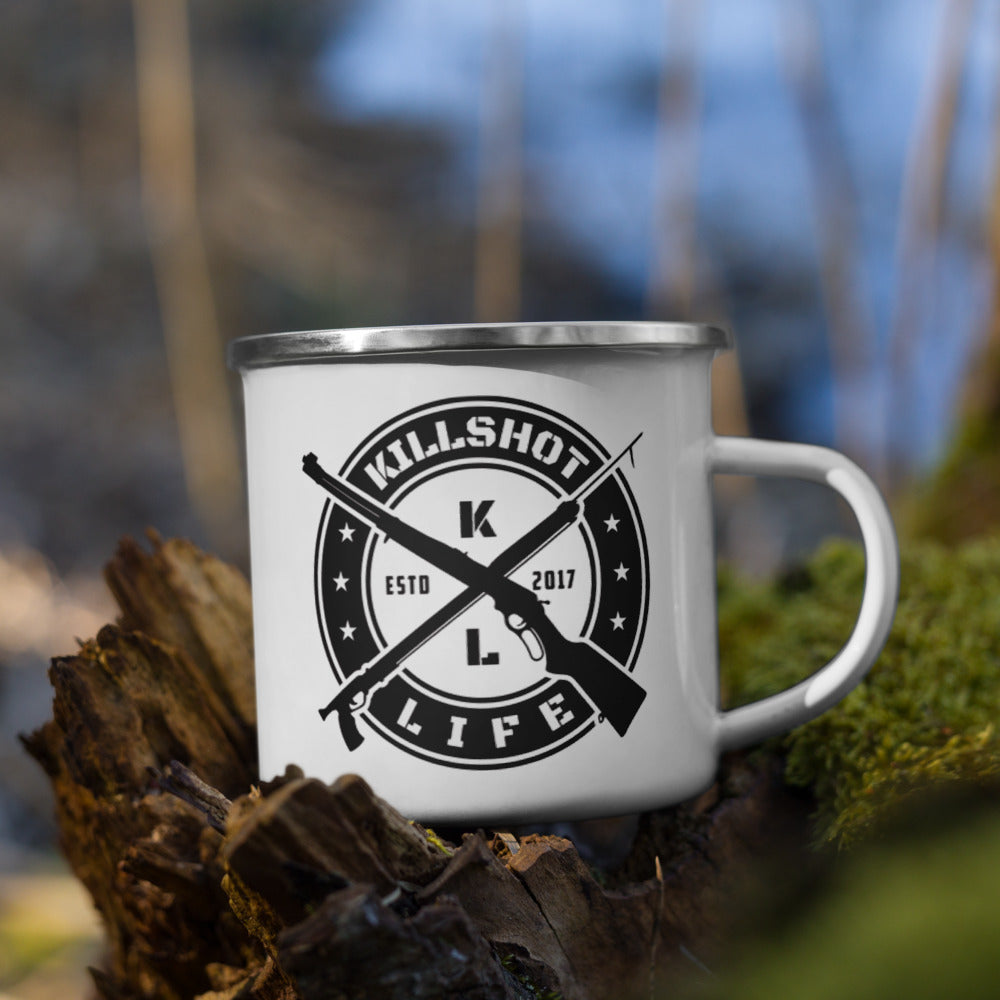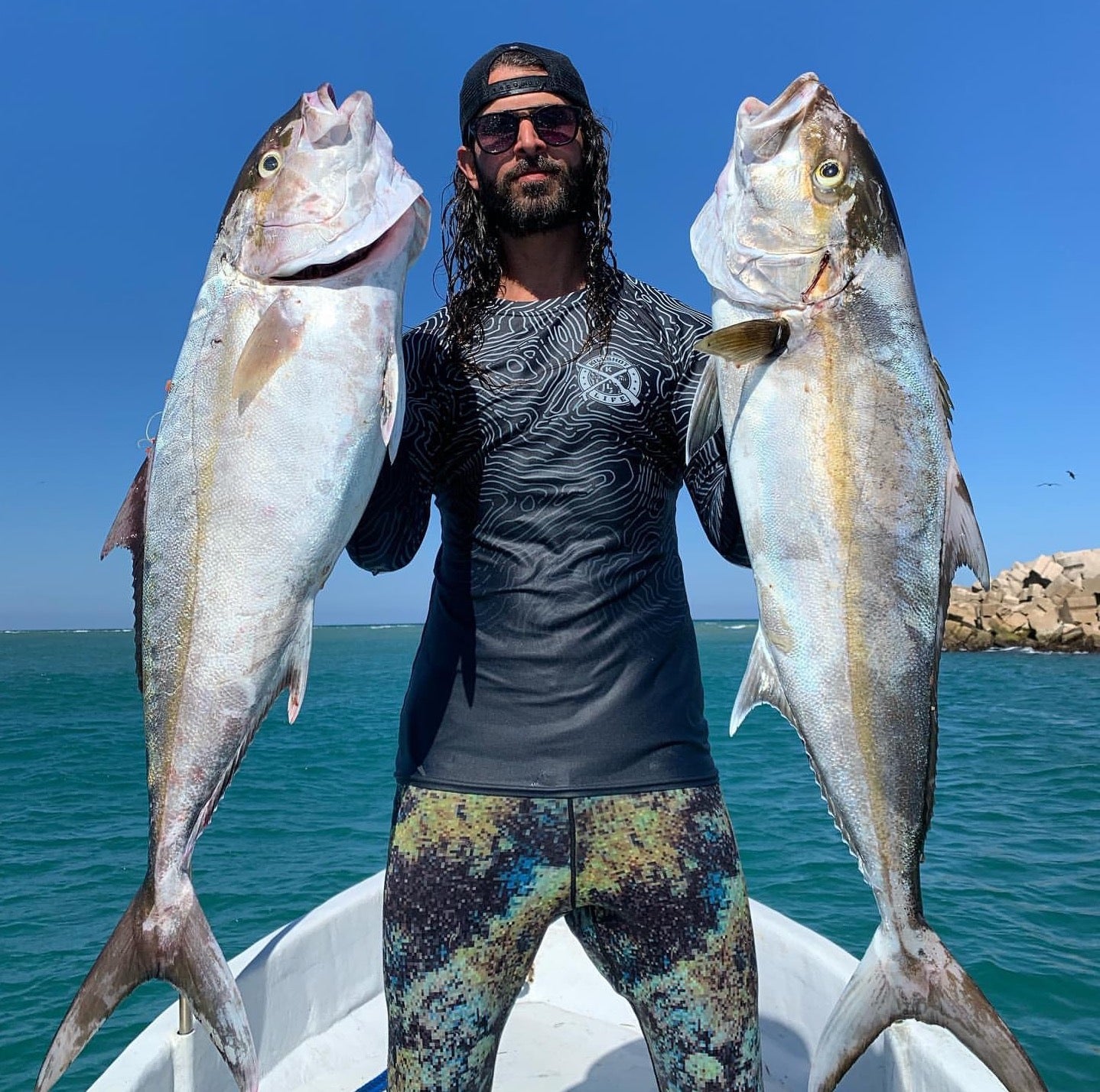Why Do Some Elk Antlers Appear Grey While Others Are Brown?
Share
If you’ve ever been afield, in the woods or on a high-country ridge, you may have noticed something curious: two bulls of the same species, perhaps even in the same herd, but their antlers look very different. Some racks take on a grey-white appearance, while others are a rich brown or chocolate-brown. What’s going on? Why such a variation?


Here’s a deep dive into the reasons behind antler coloration in elk, and how what you’re seeing reflects biology, behavior, habitat, and time.
1. Antlers: how they grow and change
First, a bit of background. Elk antlers are bony structures grown and shed annually by males (and in a few cases females in some deer-species, though not relevant for most elk). They go through these broad stages:
- Growth phase: The antlers develop rapidly under a velvet skin full of blood vessels.
- Hardening phase: The velvet is shed (normally late summer), blood supply is cut off, the bone hardens (ossifies).
- Use & wear phase: The hard antlers are used for sparring, dominance displays and rubbing trees/brush.
- Shedding phase: After the rut (breeding season), usually in late winter or early spring, the antlers drop and the cycle begins anew.
Because antlers are living bone during growth, then hardened bone exposed to the environment and typical wear, many factors affect their final appearance.
2. The “base color” vs. the observed color
In theory, the bone of the antler, once velvet is gone and before significant rubbing or external staining, is a relatively pale, whitish-to-cream color. However, what we observe in the field is rarely that pristine white. That’s because of two broad categories of influence:
- Intrinsic factors (biology, age, genetics)
- External factors (environment, behavior, rubbing, staining, weathering)
Let’s break down each.
3. External factors (often the major drivers)
Most of the variation in antler color among elk is attributed to what the antler comes into contact with after hardening. Below are key drivers:
a) Rubbing behaviour & tree species
When velvet is shed, bulls often rub their newly hardened antlers against trees, shrubs, dead wood, brush and even the ground. Why? To remove remaining velvet, to mark territory, to show dominance, and to polish the antler.
- According to an article about antler color differences, “Antler color depends partly on the amount of oxidized blood on the antlers … and partly from a chemical reaction between the blood and juices from plants on which the antlers are rubbed.” Antler Ridge Co+2Deer Association+2
- Different tree species leave different staining. One hunter forum lists: “Fir = dark brown, Alder = orange, Hemlock = black … pine leaves the reddish bone.” Archery Talk+1
Thus, if a bull’s antlers are rubbed heavily on dark-sap trees or rich mineral-laden bark, they’ll pick up a darker tone (brown, chocolate, blackish). If the bull has little rubbing or is in a habitat with pale bark or sparse rub trees, his antlers may remain lighter (grey or off-white).
b) Blood residue from velvet shedding
When the velvet is shed, there is residual blood and tissue fluids. If the bull begins rubbing immediately, before all that residue dries, the blood/stains can darken the antler’s surface. “If a buck begins rubbing his antlers before the velvet and blood have completely dried, the blood stains the antler and gives it a darker color.” Antler Ridge Co+1 So early rubbing + moist blood + sap/tannin from trees = darker antlers.
c) Sun bleaching & weathering
Over time exposed antlers lighten: UV light, rain, snow, wind, soil contact all fade or leach surface color. Some antlers that looked dark in autumn might appear pale by late winter or spring because of sun/element exposure. From one blog: “If an antler has been exposed to the sun and other elements, the colors will fade and turn pale.” Tuesday's Natural Dog Company+1 So even in the same year, the same bull’s rack might look darker early in the season, lighter later.
d) Soil/mineral contact
Antlers may also pick up coloration from soil, clay or mineral deposits if the bull rubs against the ground or leans on mineral-rich soil. Some soils stain bone surfaces. The “Deer Association” article noted antler color depends on “mineralization, diet, soil, habitat.” Deer Association
4. Intrinsic factors (biology, age, genetics)
While external factors dominate, internal ones also play a role:
a) Age and dominance
Older bulls tend to rub more vigorously (they engage more in dominance behaviour) and thus may pick up more staining and darker antlers. One blog states: “antlers gradually become darker as an individual buck increases in age, likely due to increased rubbing behaviours.” Antler Ridge Co Also, increased testosterone in older males has been suggested to correlate with darker features on the deer/elk body. Texas Trophy Hunters Association So a mature bull may more often have darker antlers.
b) Genetics
Some individuals may be predisposed to lighter or darker antlers simply due to genetic factors — influencing how much they rub, how their bone surface reacts to stains, or how quickly the velvet is shed. The same article: “A buck’s genetics may also influence color… some rub more or fewer trees.” Antler Ridge Co
c) Anatomical/physiological variation
How much residual blood/tissue remains on the surface after velvet shedding, how porous the bone is, how quickly the bone dries — all may affect how much staining occurs. A thicker, denser antler might resist surface staining differently than a thinner one.
5. Grey vs Brown: putting it all together
So when you look at an elk with “grey” antlers vs one with “brown” antlers, what might that tell you? Here are likely scenarios:
-
Grey/whitish antlers:
- The bull may be lighter in overall rub behaviour (fewer tree rubs), or be in a habitat with pale bark/low sap trees.
- The velvet may have come off, and the residual blood was minimal or already cleaned by early rubbing.
- The antlers may have been bleached somewhat by sun/weather by the time you saw them.
- The bull may be younger, less dominant, less rub-intense.
- The habitat may be open, with sparse rub trees, or type of vegetation that doesn’t leave heavy staining.
-
Brown/chocolate/dark antlers:
- The bull likely rubbed hard and early, on species of trees with rich sap or dark tannins (e.g., fir, pine, hemlock) which stained the antler.
- The velvet may have been shed when moist, then rubbed, mixing blood + sap to deepen the stain.
- The antlers may be relatively fresh (not sun-bleached yet) hence still dark.
- The bull may be older/more dominant and more active in rub behaviour.
- The habitat may be dense forest with dark bark, richer soils or mineral content, and thick rub zones.
Thus, the color of antlers is less about genetic “brown antler vs grey antler” and more about behaviour + environment + time.
6. Why it matters (for you as a hunter or observer)
As a careful observer (and given your interest in ethical hunting and animal respect), understanding these colour variations helps:
- Identifying maturity/dominance: A bull with dark, heavily rubbed antlers may be older and more dominant (though colour alone is not proof).
- Understanding habitat behaviour: If racks remain light, the herd may be in open country or on terrain with few rub trees — influencing scouting strategy.
- Timing insights: Fresh racks that are still light may indicate very recent velvet shed and little environmental staining; very dark racks may mean early season anticipated rub activity.
- Appreciation of nature’s nuance: Recognising that antler colour is a window into the individual’s behaviour, habitat and health rather than just a cosmetic trait.
7. A caution: don’t over-read the colour
It’s tempting to assume “grey = younger bull” or “brown = big bull,” but that can mislead:
- A young bull in a dark forest habitat with heavy rub trees might still have brown antlers.
- A mature bull in an open sage country with very little rubbing might have greyish antlers.
- Sun‐bleaching can lighten dark antlers to greyish tones over months.
- Mineral or soil staining might confuse the estimate of age or dominance.
So while antler colour can be a clue, it must be used in conjunction with other signs: body size, tine length, mass, wear and tear, location, behaviour, etc.
8. Summary
- Antlers start out pale but acquire colour through rubbing, sap/plant contact, blood residue, exposure to sun/element, and mineral contact.
- Brown or dark antlers usually = heavy rubbing + rich tree/plant contact + less sun-bleaching + often older/more dominant bull.
- Grey/light antlers usually = less rubbing or different habitat species + more bleaching/time exposure + possibly younger or less dominant bull.
- Neither colour is inherently “better” or “worse”; they’re simply signs of the bull’s behaviour and environment.
- As an ethical hunter, colour gives you one more piece of the puzzle when assessing the individual you’re observing.












